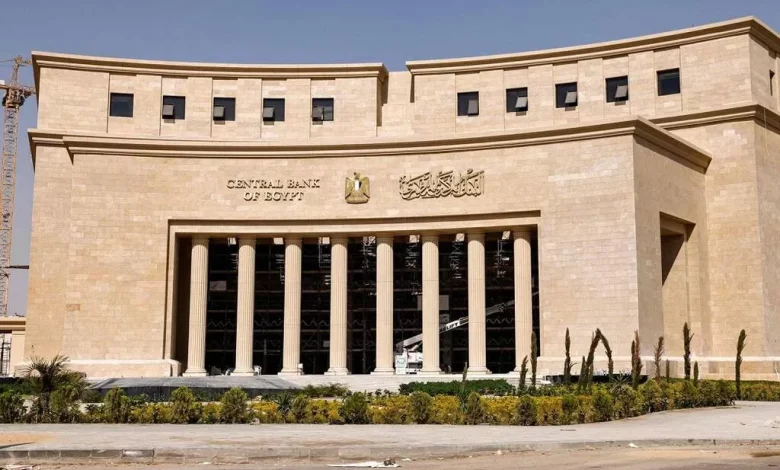MPC keeps rates steady to curb inflation

In what could be a move to curb inflationary pressures, the Monetary Policy Committee (MPC) of the Central Bank of Egypt (CBE) has kept overnight interest rates unchanged.
The CBE’s Monetary Policy Committee (MPC) reiterated, in a statement on Thursday, that the current policy remains appropriate to “maintain the prevailing tight monetary stance” until a significant and sustained decline in inflation is realised.
The deposit and lending rates stand at 27.25 and 28.25 percent,while the main operation and discount rates total27.75 per cent each, according to CBE data.
Inflationary pressures
“While economic growth is broadly stable, the outlook remains subject todownside risks due to the dampening effect of monetary tightening on economic activity,” read an MPC statement, a copy of which was made available to The Egyptian Gazette.
The MPC has noted that inflation remains “susceptible to upside risks as key global commodity prices, particularly energy, have exhibited volatility due to supply chain disruptions stemming from geopolitical tensions, and adverse weather conditions.
Urban consumer inflation rose to 26.4 per cent in September, up from 26.2 per cent a month earlier. The headline inflation stood at 25.7 per cent in July, according to data from the state-run Central Agency for Public Mobilization and Statistics (CAPMAS).
The country’s core inflation, which takes out fruit, vegetables and energy from calculating consumer inflation, slightly fell to 25 per cent in September, down from 25.1 per cent a month earlier. The core inflation was at 24.4 per cent in July, according to CBE data.
The MPC statement said monetary policy tightening cycles in advanced and emerging market economies havecontributed to a decline in inflation worldwide, with select central banks continuing to cut interest rates as inflation approaches its target levels.
GDP growth
Egypt’s real gross domestic product expanded by 2.4 percent in the second quarter (Q2)of 2024,up from 2.2 percent in Q1, according to CBE data.
The MPC statement noted that growth in the fiscal year 2023/24, which ended on June 30, moderated to 2.4 percent compared to 3.8 percent in the previous fiscal year.
“The slight uptick in Q2 2024 was driven by the increasing contributions of non-petroleum manufacturing, construction, and trade to GDP. Additionally, leading indicators for Q3 2024 suggest that real economic activity is gradually recovering, and is expected to realize its full potential by fiscal year 2025/26,” it said.
The desirable GDP growth willrely on a number of pillars, i.e. a recovery in tourism and higher inflows of foreign direct investment (FDI), in addition to external factors such as oil prices and rising threats of a global trade war.
A good monetary policy requires a well-established framework for risk containment. The financial risks include large disturbances to future macroeconomic conditions originating in financial variables.
The MPC may start monetary easing in its December meeting by slashing rates by 200 basis points. The MPC is scheduled to meet twice until the end of 2024; on November 21 and December 26.

